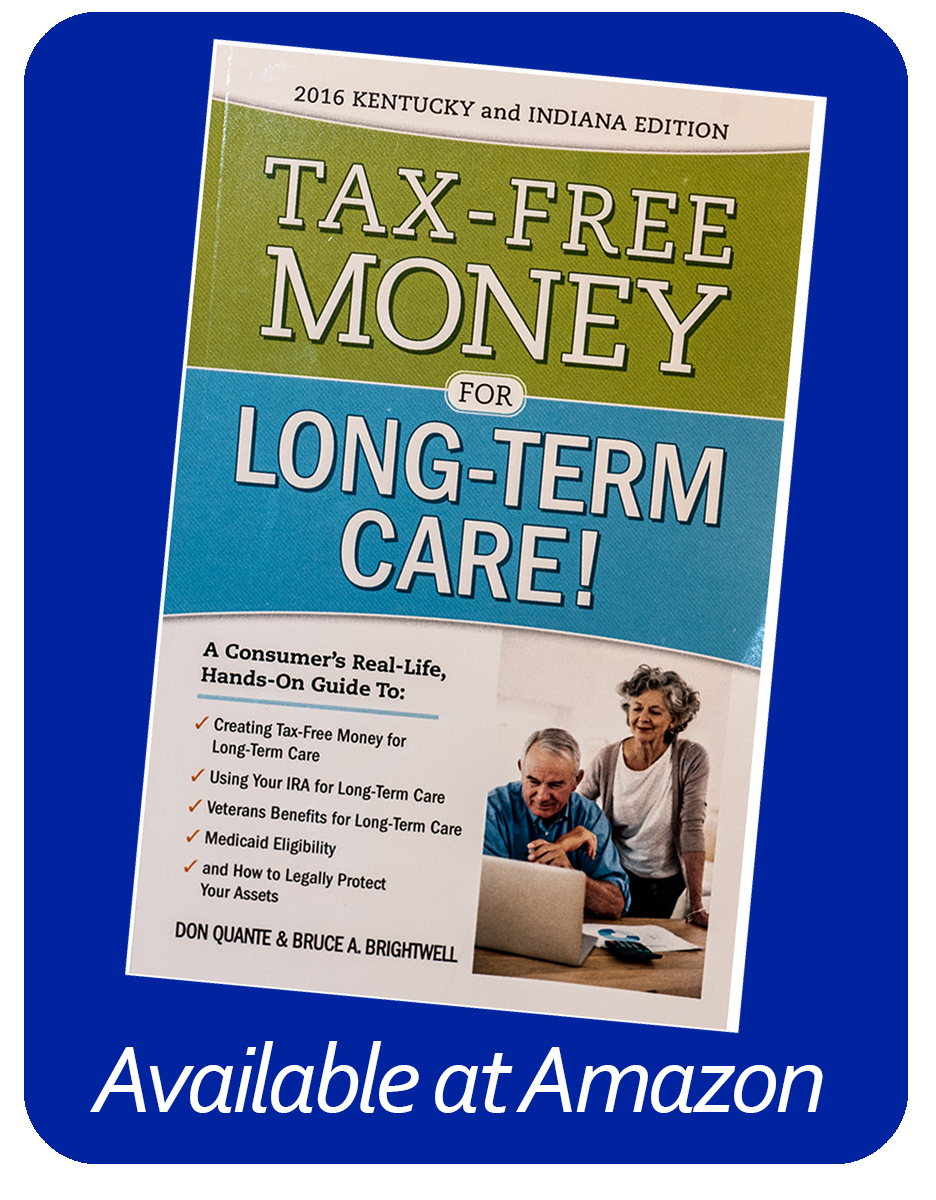A long-term illness or an injury with a long recuperation period can have devastating effects on one’s ability to remain financially independent. One way to guard against this is to secure long-term disability income insurance. This type of insurance provides payments to workers who are unable to work due to serious illnesses or injuries.
Disability income insurance payments can be used to pay living expenses, such as rent, groceries, and utility bills. Some policies even provide training to assist workers in becoming reemployed.
Depending upon the circumstances, however, other means may be available to help provide financial support during extended periods of unemployment. Before purchasing a private long-term disability insurance income policy, workers should fully understand these other options.
Employer-Provided Disability Insurance
Some employers provide some form of disability coverage for their employees, either as a regular part of their benefits package or as an optional benefit available for purchase. Generally speaking, there are two kinds of disability coverage: short-term and long-term. Short-term coverage usually applies to the inability to work, not caused by the employment itself, for a given period of time, such as six months. Often, short-term coverage replaces all or most of an employee’s salary or wages. Long-term coverage usually kicks in after short-term payments have stopped. It typically pays a reduced rate, such as 50 to 60 percent of salary or wages, and it is frequently capped at a maximum monthly benefit. Group long-term disability payments usually continue until the worker is able to resume employment or until he or she reaches retirement age.
Social Security Disability
The Social Security Administration provides long-term disability benefits to those who qualify. Eligibility turns on how long a worker contributed to Social Security and on his or her salary level, although the benefit received is only designed to replace a portion of a worker’s salary. Additionally, benefits are only payable if a person’s disability is expected to last at least one year or to end in death, if the disability has lasted for at least five months, and if the person cannot be gainfully employed in any occupation.
Other Potential Sources
In addition to group disability coverage and Social Security disability, other avenues of financial support may be available during periods of disability. The availability of these sources usually depends upon factors such as the person’s employer, the cause of the disability, and the type of disability. For example, federal and state government employees and railroad workers have access to special disability programs, as do veterans injured in war and miners who develop black lung. Similarly, workers’ compensation benefits are available to those injured at work, and automobile insurance policies often pay disability if the cause of the accident was a vehicle collision. Finally, some states, including California, Hawaii, New Jersey, New York, and Rhode Island, have temporary disability programs, and many states offer vocational rehabilitation programs.






